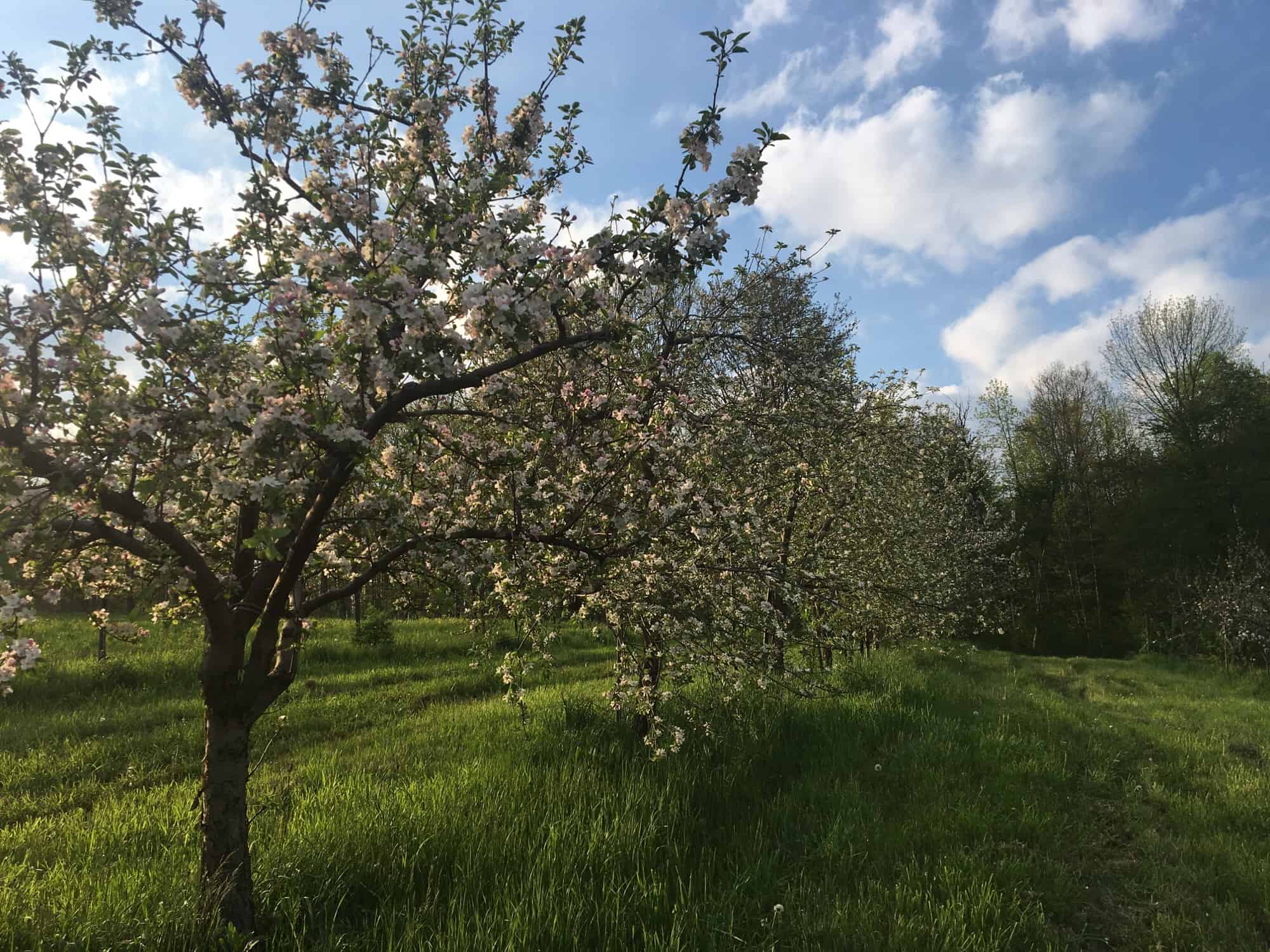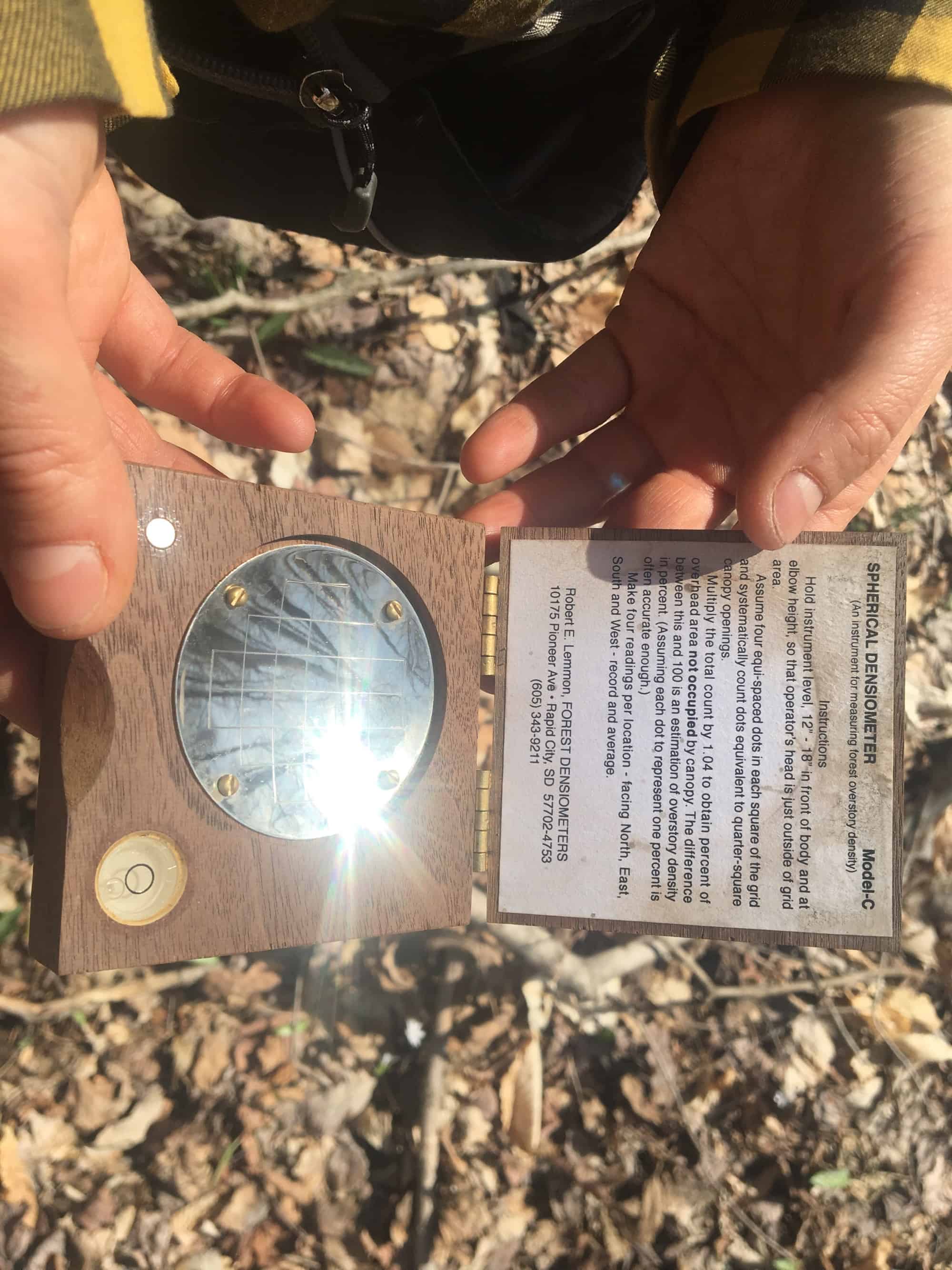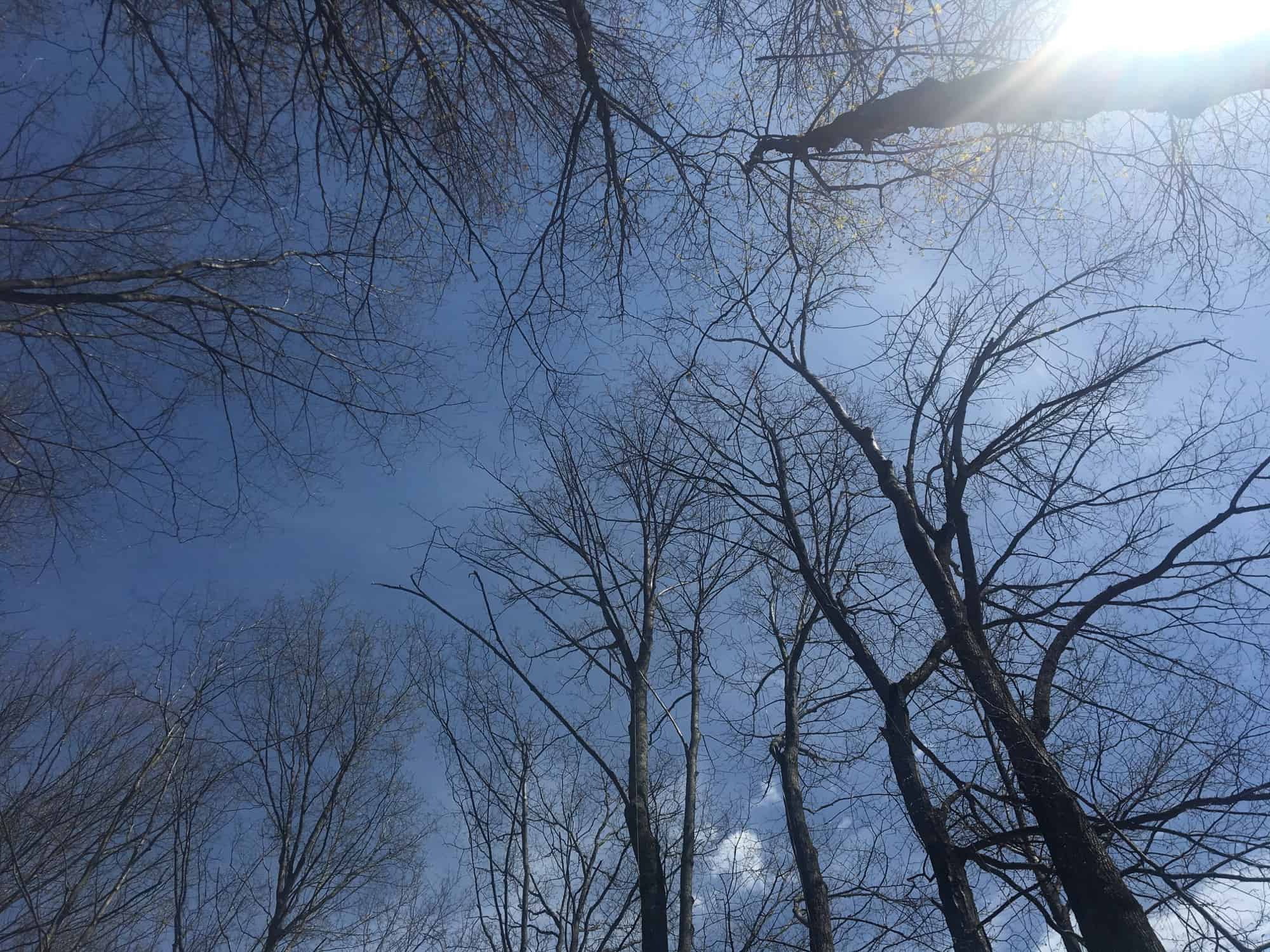Pollination

In industrial scale mono-culture, crops rely entirely on honey bees brought in for pollination. But who's pollinating the apples at Eve's Cidery and other small New York State apple orchards? It might not be who you thought... We caught up with Kass Urban-Mead, graduate student at Cornell University's Danforth Lab, in the woods on Albee Hill where she gave us the low down on pollination.
Of her research, Kass writes:
"Earlier Cornell studies of wild bees in apple orchards saw: bees foraging in apple were STILL carrying up to ~40% tree & forest pollens. I wanted to start exploring how much the bees use those trees, not just during apple bloom, but starting long before then when the bees first come out and the trees first start blooming. Why is it 2019 and we don’t know the answer to this? (1) until media coverage about honey bee declines, there wasn’t a lot of support for wild unmanaged pollinator research and (2) lots of the trees are wind-pollinated, which means that we often ignore them as a possible bee food. However, just because the trees don’t need the bees, doesn’t mean that bees can’t figure out that the trees are making lots of tiny little protein packets (which is what pollen essentially is!!). So, it’s long overdue that we figure out the importance of forest trees.



